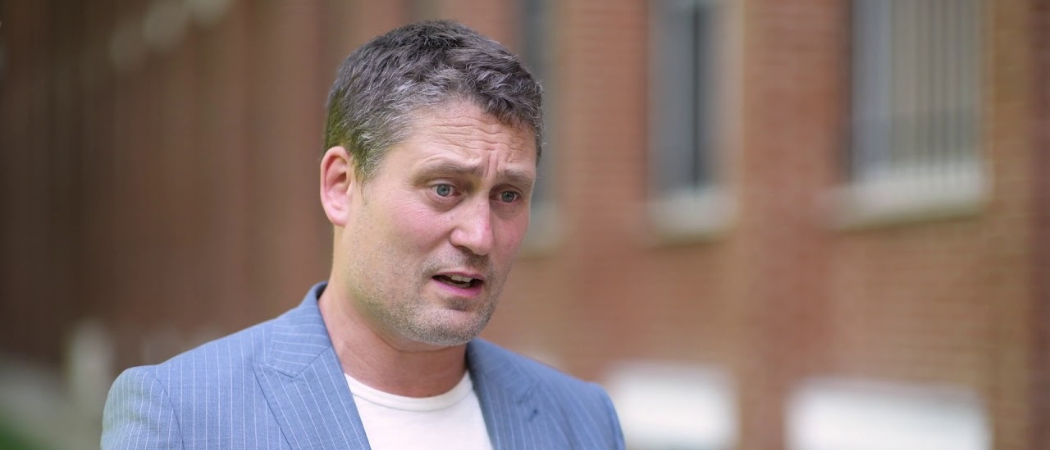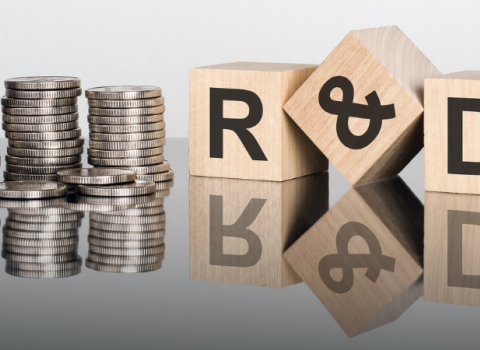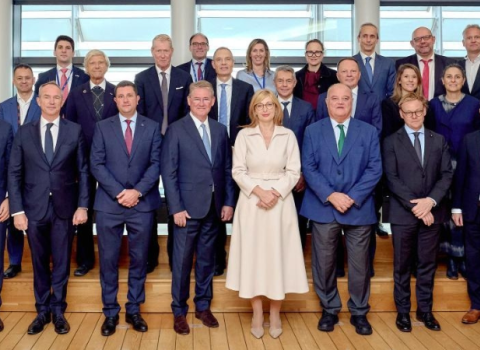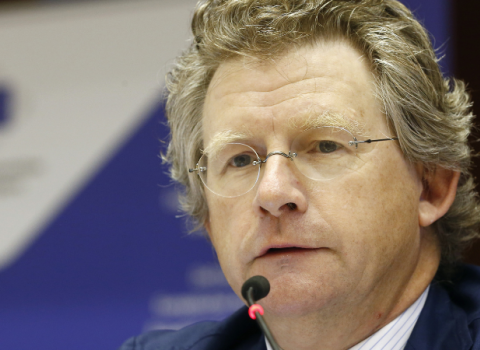Europe should draw inspiration from DARPA in the US and reward high-risk ideas, says EIC board member Lars Frølund

Photo credits: Lars Frølund
Europe’s innovation gap with the US is growing in part due to its systemic failure to appreciate “heretical” ideas that lie outside conventional ways of thinking, says Lars Frølund, a lecturer at MIT and member of the European Innovation Council (EIC) board.
Closing that gap will require increased investments in research, but institutional innovation should be an even bigger priority, starting with changes to the way the European Commission and member states select and fund projects, Frølund told Science|Business in an interview.
Research and innovation programmes at EU and national level are mostly based around extensive selection and peer review processes. This creates “an enormous amount of accountability”, which is important when allocating taxpayers’ money, but offers little incentive to back novel ideas, he says. “I always say, if no one’s laughing, your level of ambition is not high enough, and I don’t think we've been laughing a lot in Europe.”
The oft-cited counterexample is the US Defense Advanced Research Projects Agency (DARPA), which has a reputation for supporting high-risk, breakthrough innovation. French President Emmanuel Macron has called for a European DARPA, as did Mario Draghi in his report on EU competitiveness. In the Competitiveness Compass presented last month, the Commission said the EIC should embrace increased risk-taking, inspired by the DARPA model.
DARPA does use peer review, but that’s only part of the decision-making process; it also gives significant freedom to programme managers to select and terminate projects. Europe should not simply copy the US agency, but it should integrate parts of this model into its own approach to innovation funding, Frølund says.
“DARPA is successful because it’s what I call a pirate ship as part of the Marine,” he said, meaning it doesn’t replace more conventional funders such as the National Science Foundation, but complements them by providing a platform where things are done differently, and faster.
Early plans for the next long-term EU budget starting in 2028 point to a shakeup of research funding, but Frølund argues what happens between now and 2027 is even more important. “Europe showed that it was able to do things with incredible speed during COVID-19. Then we fell asleep again.”
The bloc must recapture that speed of action if it is to compete to win, he says. He compares European politics to a time loop, where the same discussions of Europe’s problems are repeated over and over, without advancing towards concrete solutions.
Growth stage
It’s not just about embracing new ideas at an early stage; they also need to have the funding to scale up, which is a long-standing issue in Europe. Once companies reach a late stage where significant capital investment is needed, the funding dries up, and they have to look overseas.
“What we see is as soon as we get to around €30-35 million, the European domestic risk capital funding goes radically down, and most of that funding comes from the Middle East and the US,” Frølund said.
“We have become an incredible accelerator for the rest of the world. We basically fund [a technology] all the way until it starts to matter for Europe, and then we give it away because we do not have a venture capital market that is complete,” he added.
That’s not for a lack of wealth. Every year, €300 billion in European family savings are diverted abroad, according to the Commission. The EU executive will soon present its proposal for a “savings and investments union”, which it hopes will address Europe’s fragmented markets and mobilise savings to prevent companies from having to relocate.
Draghi estimated the additional investment needed to implement his competitiveness agenda at €750-800 billion per year, but precise solutions in targeted areas can have a major impact at much lower cost, says Frølund. He suggests focusing on the technologies identified by the Commission as being the most critical, meaning artificial intelligence, quantum, advanced semiconductors, and biotech.
For late-stage European companies developing these technologies, the share of venture capital investments coming from European investors in the past decade is approximately 50%, according to Frølund’s own analysis. In the US, by contrast, 75% of those investments are from local funds, he says.
The more companies receive investment from abroad, the more likely they are to leave Europe. That wasn’t such a problem in the era of globalisation, but in the current climate of global competition, where technologies such as quantum and semiconductors are vital to security, it becomes far more urgent.
“If we lose that ownership, we lose the ability to influence; we lose the ability to make sure that a company grows big in Europe; that its market and its solution are based on our needs,” Frølund said.
For Europe to make up its 25% gap with the US, he estimates €20 billion would be needed over the next seven years. This should be predominantly private capital, notably from pension funds.
Frølund insists there doesn’t have to be a contradiction between openness to “heretical” ideas, which could emerge in new or unexpected fields, and targeted support for strategic technologies. “We just need to be able to integrate those emerging technologies when they’re there, which is also the NATO approach,” he said.
Frølund was a special advisor for the creation of NATO’s Defense Innovation Accelerator for the North Atlantic (DIANA) and NATO Innovation Fund.





 A unique international forum for public research organisations and companies to connect their external engagement with strategic interests around their R&D system.
A unique international forum for public research organisations and companies to connect their external engagement with strategic interests around their R&D system.